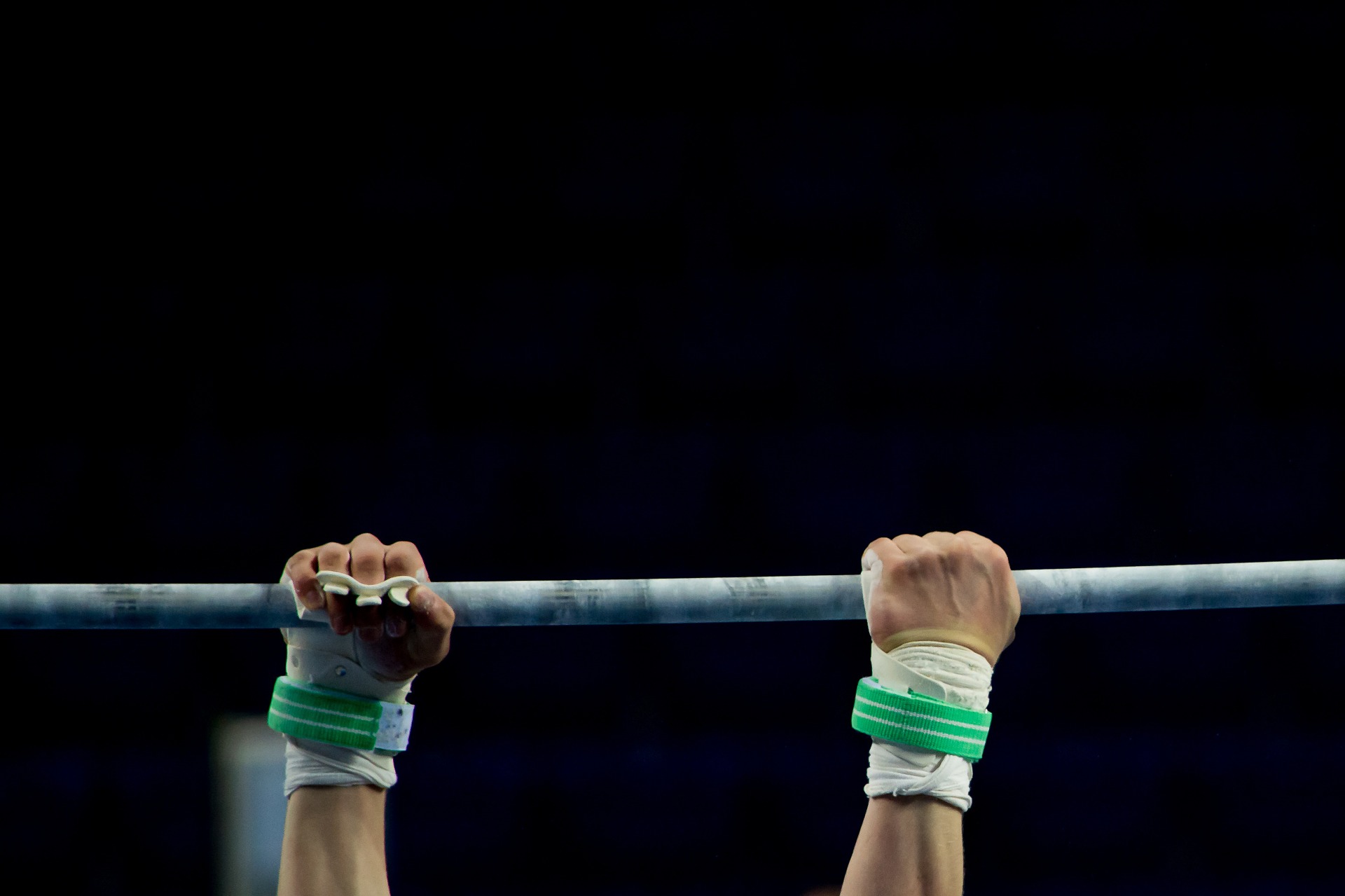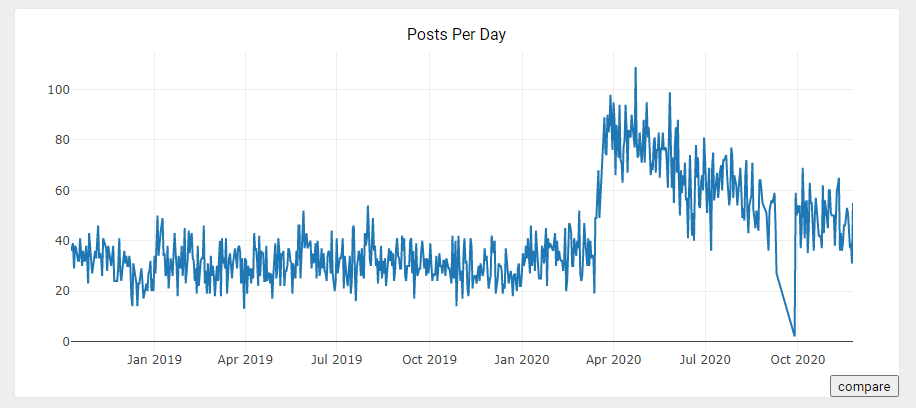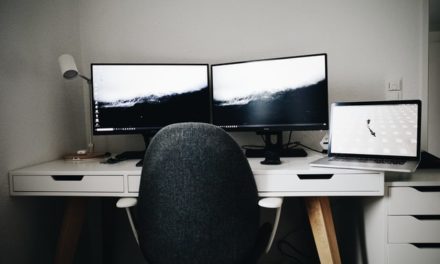O One important impact of Covid-19 is an unprecedented number of people confined to their homes, with gyms frequently closed or so restricted in access as to disallow consistent exercise. As of September 2020, an estimated 1/3 of the world’s population has undergone confinement within just the first four months of the pandemic. That’s led to growing health concerns, as ample evidence shows that regular moderate to vigorous exercises improves blood immunoglobulin levels and enhances natural killer cells.[1]Yousfi, Narimen, Nicola Luigi Bragazzi, Walid Briki, Piotr Zmijewski, and Karim Chamari. “The COVID-19 Pandemic: How to Maintain a Healthy Immune System during the Lockdown – a Multidisciplinary … Continue reading
Spain has been particularly hard hit by the lockdowns, as it was one of the first nations after China to suffer a serious outbreak. The country instituted strict quarantine rules to limit its spread. Unfortunately, while reducing the covid spread, it did some damage to exercise levels. There have been a few studies since then trying to determine just how bad the fallout is.

1) One study published in July 2020 used an online survey and reached a little over 2000 adults in Spain (with a roughly even gender mix, mean age about 36 years old). They self-reported their typical days per week of physical activity and the average duration, and gave those numbers for both pre-covid and pandemic levels.[2]Castañeda-Babarro, Arkaitz, Ane Arbillaga-Etxarri, Borja Gutiérrez-Santamaría, and Aitor Coca. “Physical Activity Change during COVID-19 Confinement.” International Journal of Environmental … Continue reading
After comparing those two sets of data, the survey results averaged out to a drop of roughly 20% minutes of physical activity per week. While that may or may not sound alarming to you, they also compared average physical activity against the WHO guidelines for “sufficient” exercise, noting that while roughly 61% met requirements beforehand, only 49% did during quarantine. [3]López-Bueno, Rubén, Joaquín Calatayud, Lars L. Andersen, Carlos Balsalobre-Fernández, José Casaña, José A. Casajús, Lee Smith, and Guillermo F. López-Sánchez. “Immediate Impact of the … Continue reading
2) A somewhat more recent study published in September 2020 looked at a slightly larger group of nearly 4,000 adults who also filled out questionnaires and self-reported their physical activity. They were asked similar questions, again breaking results down into average weekly activity. While these studies looked at slightly different metrics, the overall conclusions are comparable: quarantine does indeed lower activity, with vigorous exercisers suffering the most at a 16.8% drop in activity and moderate exercisers the least at a mere 1.4%. Even so, again using the WHO guidelines for adequate exercise, ~11% who used to reach the mark fell short during covid.
While the studies differed in their details, they agree that a significant chunk of the population who once got adequate exercise before now no longer do. Given the well-known immune system boosting properties of exercise, this has the potential to make them doubly vulnerable to covid-19.
There’s no denying that covid has made it harder to get sufficient exercise in, whether you’re in Spain or not. So, what to do about it? Well, at the risk of my title giving it away, calisthenics is a solid answer until the situation normalizes. You need minimal space and equipment, and can do them in any environment including your home during a full quarantine.
I’m also not the only one to think that, either. Check out this sub-Reddit stats capture for posts per day in /r/bodyweightfitness and the huge spike in Spring:

The sub-Reddit for Body Weight Fitness blowing up during the quarantine. Look at the Springtime spike!
I’ve long been a proponent of calisthenics at home—I find it far more time-efficient than commuting to the gym—and the pandemic has only accelerated my own journey. I suspect that many people are hesitant to get started, however, out of hesitation over what exactly they should do and what equipment they need.
I’d argue that the only equipment you would need for a decent whole-body workout is a pullup bar. Other items will absolutely make you a more efficient at-home exerciser (particularly if you want to do progressive overload via weighted calisthenics), but you can do a decent enough job of hitting most of your body with tougher progressions rather than adding items.
While freestanding pullup bars with rings are ideal, for most people a doorway one is the cheaper, more reasonable option. You can get the traditional doorway ones like the Iron Gym that fit over the frame directly. I used one for years and they’re fine as long as you respect their weight limits, and don’t do explosive motions (jump pullups, muscle ups, etc.).
For the actual routine, there are a plethora of books out there, with beginner to advanced ones to consider. Frankly though, “free” works just fine here: check out the Recommended Routine on /r/bodyweightfitness. It does have some theory at the start when it explains progressions, but you hardly have to memorize it. Just click on the link for its various “pullup/pushup/XYZ progressions” and pick the hardest exercise you can do and work your way up.
For those who want to know the whys and wherefores of the routine, buy a copy of Overcoming Gravity 2nd Edition. The book’s author was a major contributor to the design of the RR; in addition to excellent calisthenics information, it’s current with science-backed strength and hypertrophy routine programming that rivals anything I’ve read in the barbell world.
I bet if more people understood that the bar for getting started at home was that straightforward, we’d have far fewer people missing out on workouts during the pandemic. Give it a try to keep yourself in shape now, and you can always return to the gym once it’s back open if you miss the weights and machines.
References
| ↑1 | Yousfi, Narimen, Nicola Luigi Bragazzi, Walid Briki, Piotr Zmijewski, and Karim Chamari. “The COVID-19 Pandemic: How to Maintain a Healthy Immune System during the Lockdown – a Multidisciplinary Approach with Special Focus on Athletes.” Biology of Sport 37, no. 3 (September 2020): 211–16. https://doi.org/10.5114/biolsport.2020.95125. |
|---|---|
| ↑2 | Castañeda-Babarro, Arkaitz, Ane Arbillaga-Etxarri, Borja Gutiérrez-Santamaría, and Aitor Coca. “Physical Activity Change during COVID-19 Confinement.” International Journal of Environmental Research and Public Health 17, no. 18 (January 2020): 6878. https://doi.org/10.3390/ijerph17186878. |
| ↑3 | López-Bueno, Rubén, Joaquín Calatayud, Lars L. Andersen, Carlos Balsalobre-Fernández, José Casaña, José A. Casajús, Lee Smith, and Guillermo F. López-Sánchez. “Immediate Impact of the COVID-19 Confinement on Physical Activity Levels in Spanish Adults.” Sustainability 12, no. 14 (January 2020): 5708.https://doi.org/10.3390/su12145708. |


